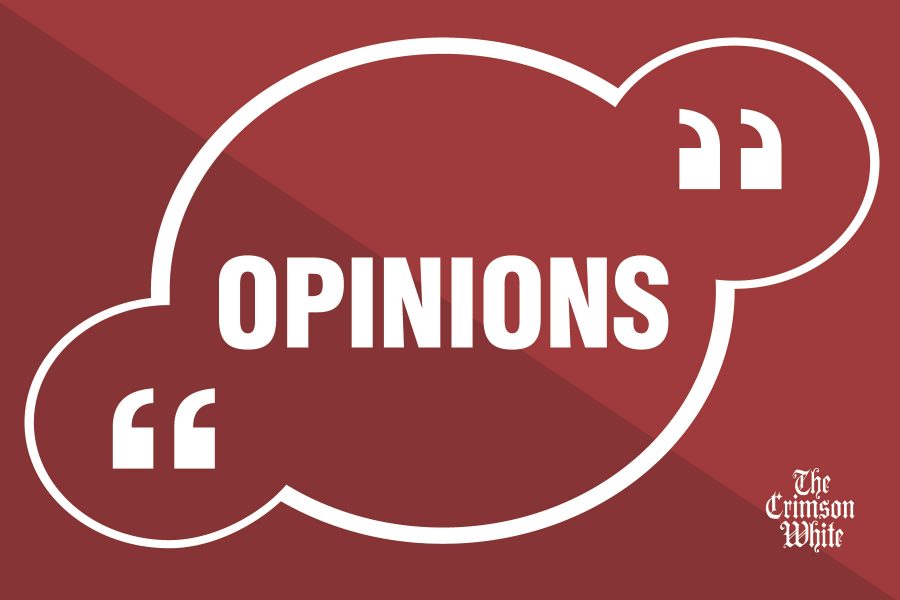Over the past few years, we have been inundated with countless news releases from Elon Musk and other Silicon Valley billionaires, declaring that they will “reinvent” or “disrupt” some failing facet of society. The term “Uber for…” became a cliche in an extremely short amount of time. Just this year alone I read countless articles chronicling these “innovations,” from the education system to infrastructure to bodegas.
Amid all these innovations, it appears that Americans’ view of technology has become warped. We fetishize innovation and disruption, waiting with anticipation for whatever the next start-up will be or for the inevitable Elon Musk side-venture. We increasingly believe that societal problems will be solved by think tanks in Silicon Valley, and that it will be done so with a product unveiling or a launch party. After all, SpaceX is going to take us to Mars, and Amazon will deliver our groceries using drones, right?
But this cult of innovation has made us ignorant to the gaps present in American institutions, and, even more so, to how simply they can be solved.
Take for example Uber and Lyft. These apps have allowed certain segments of Americans (usually young and wealthy) to get around their city without using their own car, a taxi, or a bus. They are easy and convenient, given that you have the disposable income to afford them. But that’s the kicker. These services are a luxury, one that is out of reach for the single mother who needs to get to her job across town before 7:00am every day. Their objective is to generate revenue, not serve the greater good.
But that has not stopped ride-hailing apps from pitching themselves to investors and city officials as a necessary solution to a lack of public transportation. They are appealing to cities because they are easy-to-use (for those with smartphones), require little or zero city funding, and have the allure of a sleek start-up. They are cutting edge and fiscally practical. What’s not to love?
Moreover, companies like Lyft are testing a bus-like service, the Lyft Shuttle. Cities across the United States, from Philiadelphia to Tampa to Oakland, are even opting to subsidize Uber or Lyft fares in order to provide “public” transportation. At the same time, these cities are also cutting public transit routes during non-peak hours, convinced that ridesharing services will pick up the slack.
At the same time that ridesharing services have expanded, funding for bus and rail systems has plummeted, as cities are forced to tighten budgets. With an alternative service to champion, politicians have been quick to cut “wasteful” public transit funding. Some of public transit’s woes are self-inflicted as well. It can be argued that transit systems have failed to modernize and adapt to changing city and technological dynamics. Many cities are slow to adopt real-time GPS tracking of buses and other public transportation services.
Despite the reasons, the decline in public transit has stranded hundred of thousands of Americans, or at least made the commute nearly impossible. Without viable public transportation, many Americans are losing access to jobs, quality and healthy groceries, healthcare, and good schools for themselves and their children. Moreover, a study undertaken by Harvard found a link between geographic mobility and economic mobility, while a similar study conducted by NYU found that poor access to public transit is linked to higher unemployment and decreased income. Inadequate public transit leaves many Americans stuck, figuratively and literally.
A city needs interconnected public transit for the health and economic well-being of its citizens, and as appealing as Uber and Lyft may seem, it will take much more than ride-hailing services for a city to reach “full-function.”
A case study on how city resources could be better allocated is Houston, Texas. In response to declining ridership, the city decided to revamp its bus network, emphasizing fewer but more-frequented routes and reducing wait times for primary users. While this meant that some people were further away from a bus line or needed to make transfers, the redesign meant that buses were arriving more frequently at high-usage stops and hitting Houston’s most densely populated areas. As a result, bus ridership saw a dramatic increase, and user surveys showed greater satisfaction in reliability.
Houston realized that its citizens needed reliable transportation that is relatively inexpensive and arrives on time. It could have tried to woo a Silicon Valley start-up or invest millions in more and newer buses. Instead, it chose to simply revise the current system, and it was a resounding success. For the average American, they don’t need a new Silicon Valley innovation, they just need a bus service that gets them to work on time.
When cities and citizens decide that these ride-hailing services will become a key component to a city’s transportation network, we become blind to the mobility crisis in many U.S. cities. We ascribe to the idea that a private company will pick up the slack. We choose to believe that these companies will serve the greater good, doing our job for us. Our system is failing, right? Why not let someone else take over? We want shiny new innovations. Because of this, it is easy to believe that a ground-breaking innovation is what is necessary to fix a broken system. We like the idea of starting something new and bold.
But in reality, a faulty system or institution might just need a little tweaking, not a new app.
Nathan Campbell is a senior majoring in environmental engineering. His column runs biweekly.









